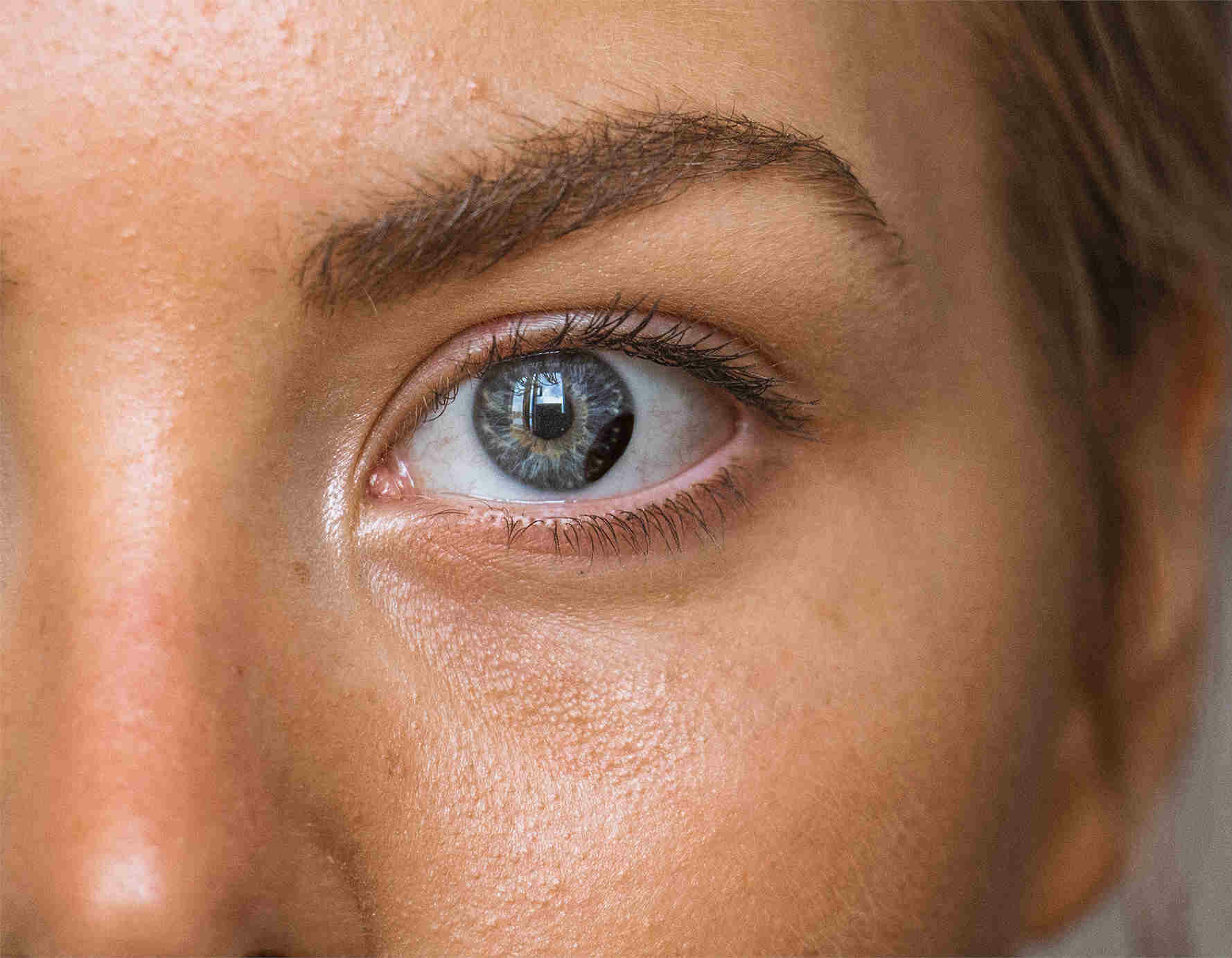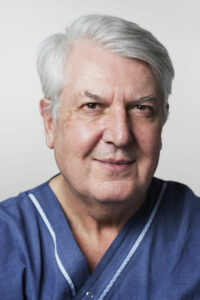Bertil Damato MD, PhD, FRCOphth recently wrote a white paper looking at the wide range of treatment modalities for uveal melanoma and retinoblastoma.
I got the chance to conduct an interview with Professor Damato to ask him about some key points from the paper.
Check out the interview and download the full white paper right here!

I had the chance to conduct an interview with Bertil Damato MD, PhD, FRCOphth. He is one of the leading specialists in the field of ocular oncology. Professor Damato just wrote a fascinating white paper called “Therapeutic Modalities for Uveal Melanoma and Retinoblastoma: Pros and Cons”. In it he gives insight into various treatment options in ocular oncology and their respective advantages and disadvantages. I wanted to talk to him about this publication and some interesting key points from it.
Bertil Damato
Professor Damato entered the field of ocular oncology in 1984 and has since become one of the leading figures of the discipline. He has treated well over 4000 patients with uveal melanoma using various methods and made improvements to all these procedures over the years. He published more than 300 scientific articles, gathering several international awards.
Currently he is working as a consultant ocular oncologist at St Erik Eye Hospital / Karolinska Institutet in Stockholm, Sweden. There he is helping to reorganize the ocular oncology service.
Marius Wölfges (interviewer): Dear Professor Damato, first let me thank you for taking the time to conduct this interview with me. I was really impressed by the detailed overview you gave with your recent white paper and wanted to talk to you about some key points from it.
Prof. Bertil Damato: I’m delighted and grateful to have the opportunity to share my views, which I hope will be useful. I must emphasize that I have not used all the treatments I mention in my review. Also, there is much variation in the way the same modalities are applied in different centers and consensus is lacking in many areas, particularly with regards to indications and contraindications of each type of treatment.

Bertil Damato MD, PhD, FRCOphth
MW: The first thing that caught my attention, was the statement, that in most of Europe and many other countries around the world, the first choice of treatment for smaller uveal melanomas consists of ruthenium plaque brachytherapy. Could you please summarize, why you think that is?
BD: Ruthenium applicators emit mostly beta radiation, which has a short range. It is therefore less likely to cause collateral damage to optic nerve, fovea and lens than iodine plaques, which emit long-range gamma radiation. As with other forms of brachytherapy, ruthenium applicators do not cause eyelid damage, unlike proton beam radiotherapy, which can cause significant morbidity if it is not possible to retract the upper eyelid margin or the lacrimal canaliculi out of the radiation field.
MW: And do you think it is also a viable option for the treatment of retinoblastomas?
BD: Brachytherapy can offer the best chances of sterilizing some retinoblastomas that are resistant to other forms of treatment, and ruthenium applicators cause less irradiation of healthy tissues than other methods, because of their short range.
Uveal Melanoma Treatment
Uveal melanomas are the most common primary, intraocular malignancy. Ocular treatment of this cancer is aimed at preventing metastatic disease, if possible, also conserving the eye and vision. However, about 50% of patients with uveal melanoma develop metastases, despite successful treatment of the ocular tumor. This is because the tumor has already metastasized by the time of treatment.
Another aim of ocular treatment is to prevent the eye from becoming blind, red, painful and unsightly as a result of possible symptoms or side-effects.
MW: Now let’s talk larger melanomas. What changes for the patient and for you when it comes to finding a suitable treatment?
BD: With larger tumors, it is necessary to administer a larger dose of radiation to a larger volume of the globe, increasing the chances of collateral damage to healthy ocular tissues. Also, after radiotherapy, bulky tumors are more likely to cause macular edema, retinal detachment, rubeosis and painful neovascular glaucoma, which I have collectively termed ‘toxic tumor syndrome’. My quality-of-life studies have encouraged me to recommend enucleation to patients with a large uveal melanoma – but it’s impressive how anti-angiogenic therapy can prevent serious morbidity in some patients undergoing radiotherapy, avoiding the need to remove the eye.
MW: If we have a look at the way uveal melanomas and retinoblastomas are treated, do you see potential for a major shift of the status quo in the near future?
BD: Local tumor recurrences are extremely upsetting for patients as well as using up finite healthcare resources and perhaps causing metastatic death in some patients. This is why I have developed methods for positioning a dummy plaque accurately over a tumor by performing ophthalmoscopy while transilluminating through a perforation in the template. This can be done while sliding the template into position (‘sunrise sign’) and/or after suturing the template to the sclera (‘sunset sign’). I hope it will not be long before systemic neoadjuvant therapy of uveal melanoma can reduce intraocular tumor volume enough to enhance brachytherapy outcomes, also eradicating any micrometastases so as to prolong life – as is already achieved with retinoblastoma.
MW: Professor Damato, thank you very much for your insights!
Right here you can download the expansive white paper “Therapeutic Modalities for Uveal Melanoma and Retinoblastoma: Pros and Cons”.
And if you’re interested in Professor Damato’s surgical technique for treating choroidal melanomas using brachytherapy, you can watch the instructional video from our YouTube channel: